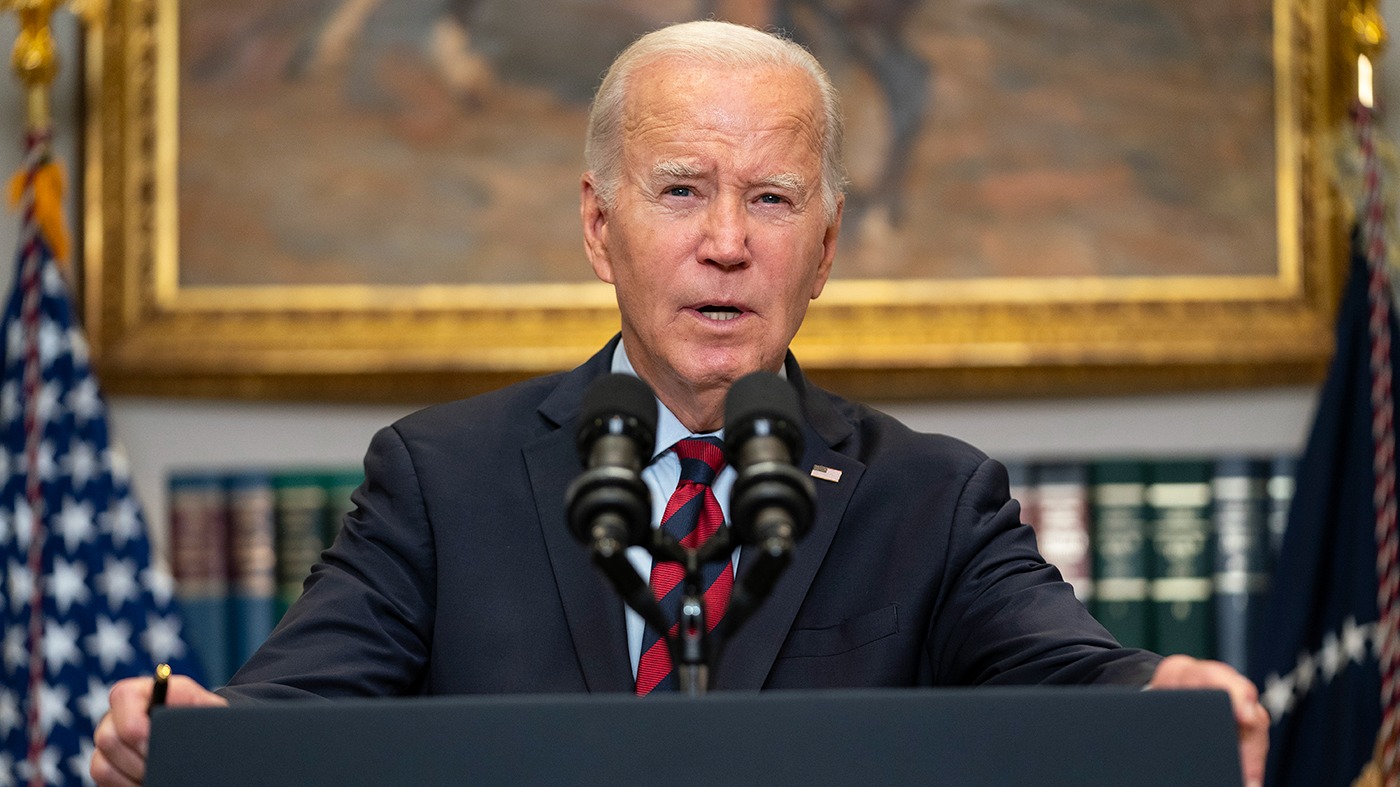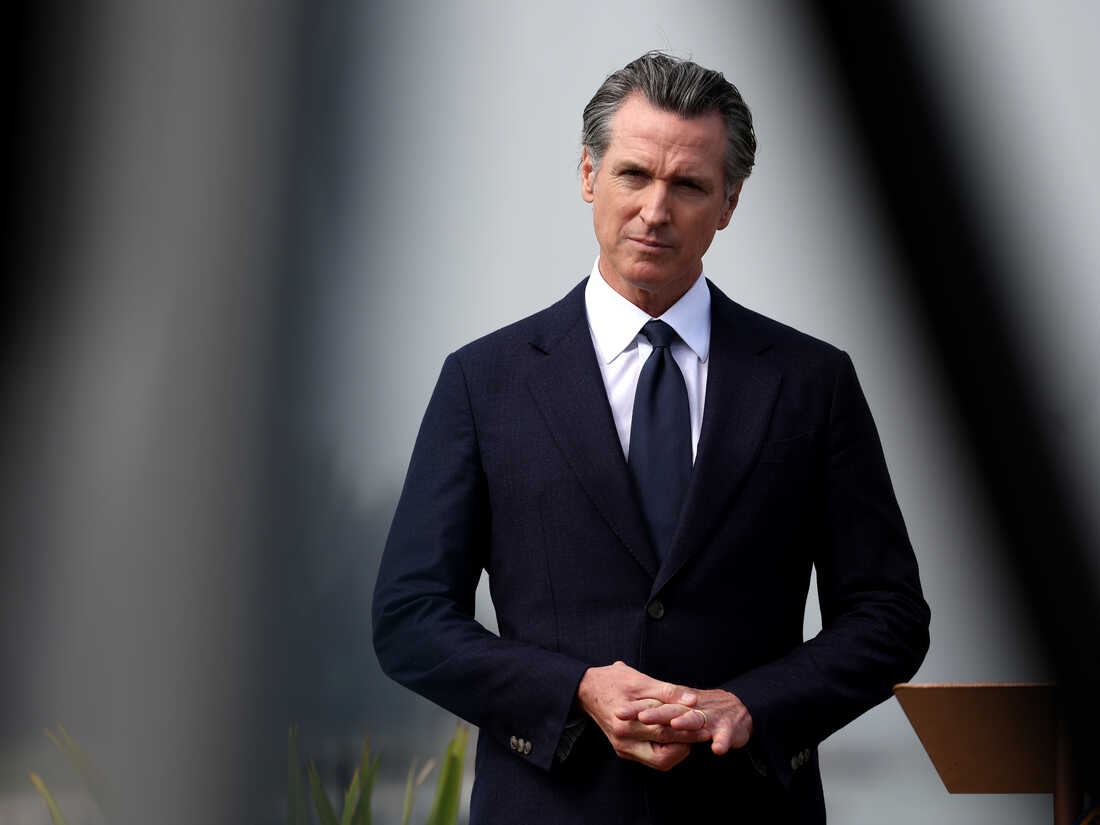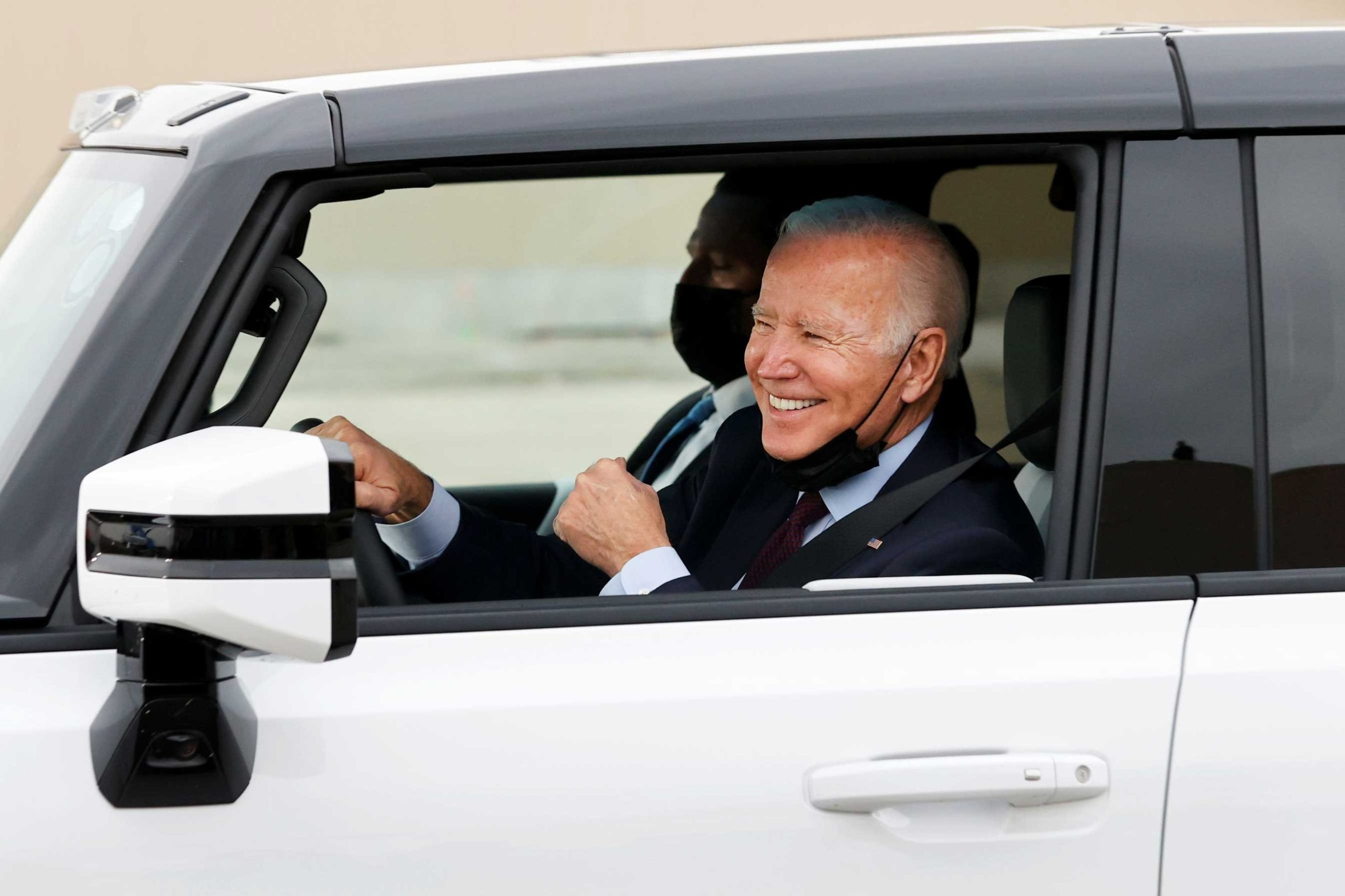California’s ambitious push to lead the transition to electric vehicles (EVs) is encountering some major roadblocks. Governor Gavin Newsom, leveraging his emergency powers from the COVID-19 pandemic, issued a groundbreaking executive order to phase out the sale of new gasoline-powered vehicles by 2035.
To support this mandate, the California Air Resources Board laid out stringent regulations requiring that 35% of all new cars sold in the state by 2026 must be EVs, a move intended to coerce automakers into compliance or risk losing access to one of the largest markets in the nation.
Newsom predicted this policy would catalyze a nationwide shift towards electric transportation. However, recent trends suggest California’s consumers are less than enthusiastic.
Data from the California New Car Dealers Association shows a dip in EV sales, including a 10% decrease in Tesla sales in the year’s final quarter, causing EVs to drop to 21.1% of the state’s new car sales.

Joe Biden (Credits: The Hill)
This hesitancy isn’t confined to California; eight other states, including New York and New Jersey, have adopted similar measures to eliminate gasoline-powered vehicles despite the growing evidence of consumer resistance.
The challenges facing potential EV owners in California are manifold. Electric cars generally come with higher initial purchase and insurance costs. The state’s residential electricity rates are among the highest in the country, doubling down on the expense of owning an EV.
Additionally, the public charging infrastructure has proven unreliable, with about 20% of chargers non-operational at any given time, undermining the practicality of EV ownership for long-distance travel.
Despite federal initiatives like Vice President Kamala Harris‘s announcement of a $5 billion investment to build 500,000 chargers nationwide, progress has been slow, with only a handful of charging stations completed.
Sensing the shifting tides, Automakers are beginning to pull back from aggressive EV production targets. General Motors, Ford, and Mercedes have all scaled down their EV ambitions in light of consumer reluctance and logistical challenges.

Governor Gavin Newsom (Credits: NPR)
The rental car industry is also reacting to the market’s cold reception of EVs, with Hertz deciding to offload a good portion of its electric fleet in favor of gasoline-powered vehicles.
The federal government, mirroring California’s approach, is imposing stringent emission standards to force a shift away from internal combustion engine vehicles.
The Environmental Protection Agency’s new regulations demand a substantial increase in the production of battery-powered cars by 2032, setting ambitious targets that currently seem out of reach given the market’s response.
California’s experience serves as a cautionary tale for the feasibility of rapid transitions to electric transportation. Despite the best intentions of policymakers to mitigate climate change, the practical challenges of high costs, inadequate infrastructure, and consumer reluctance present hurdles.
As the state grapples with the implications of these mandates, including the potential impact on utility customers already struggling with high bills, it’s clear that achieving a cleaner transportation future will require more than just ambitious regulations.























